10 Characteristics of Fresh Shrimp And Tips Before Buying It!
When buying shrimp, several things need to be considered to determine whether the shrimp are fresh. The shrimp’s color, texture, smell, and physical condition are the leading indicators that need attention.
By understanding the characteristics of fresh shrimp, you can make the right decision before buying it. This is to ensure you get the highest quality shrimp while ensuring it is healthy and safe.
So, what characteristics should you know of fresh shrimp before buying them? Read more in this article.
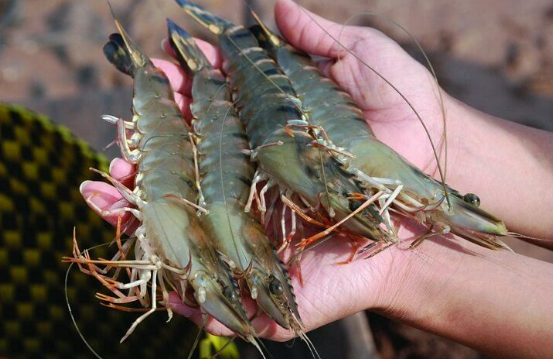
Characteristics of Fresh Shrimp
1. Bright Color
The first and most important characteristic of fresh shrimp is the bright color of the shrimp’s body. This is because the color of the shrimp is directly related to its freshness. Fresh shrimp usually have a clear pink or grayish color.
2. Hard Textured
The texture is hard and slightly chewy, another characteristic of fresh shrimp that you can use as a benchmark. The surface of fresh shrimp should be firm and not slimy. If the shrimp are slimy or mushy, they may not be fresh or have gone bad.
3. Mild Smell
The following characteristic of fresh shrimp is that it has a light fishy smell. If the prawns have a strong fishy odor, this is an indication that they are not fresh. So make sure the fishy smell of the shrimp you choose is manageable.
4. Clear Eyes
Fresh shrimp have clear, bright eyes without any cloudiness or discoloration. The eyes of the prawns are a good indicator of freshness as they tend to get cloudy if the prawns sit too long after harvesting. If the shrimp’s eyes are gray or damaged, this could indicate that the shrimp is no longer fresh.
5. Intact Shell
The next characteristic of fresh shrimp is that they have intact shells and show no signs of cracks or damage. Freshly caught prawns have a shiny, smooth shells. If the shrimp’s shell is cracked or damaged, the shrimp is not fresh.
6. Tight Tail
Shrimp tails are tight and tightly curled, indicating freshness. If you get prawns with loose tails, they may not be fresh anymore. Therefore, please pay attention to the shrimp tail before buying it.
7. No Black Spots
Fresh shrimp should not have any black spots on the body. These black spots indicate decay. If you find shrimp in the market or supermarket with black spots on the body, the shrimp is not fresh and has been exposed to bacteria.
8. Not Yellowing
Fresh shrimp tend to be transparent gray. If you find shrimp with a yellow body, this indicates that the shrimp is not fresh and indicates spoilage.
9. No Ammonia Odor
Fresh shrimp should not smell ammonia. This ammonia smell indicates that the shrimp is no longer fresh and starting to go bad. So please pay attention to how the shrimp smell before buying them.
10. Stoked in the Right Place
The last characteristic of fresh shrimp is that they are stored in the right place in the refrigerator at a temperature of 0°C to 4°C to maintain their freshness and quality. Keeping shrimp at the right temperature can prevent bacterial growth and preserve their texture and taste.
Characteristics of Stale Shrimp
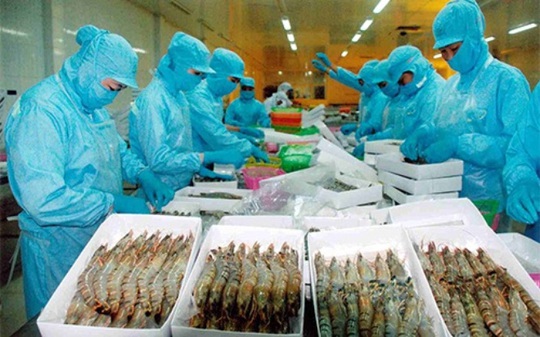
Aside from taste, stale shrimp can also have negative effects on the body when consumed. Here’s a more detailed explanation of the characteristics of stale shrimp!
1. Unpleasant Odor
The first characteristic of stale shrimp is the presence of an unpleasant odour. This odour is usually caused by bacterial growth or tissue damage in the shrimp’s body.
2. Change in Shrimp Color
Fresh shrimp have bright and transparent colours. If the shrimp’s colour starts to become cloudy, yellowish, or even greyish, this could be a sign that the shrimp is no longer fresh.
3. Soft Texture of Shrimp
When shrimp is no longer fresh, its texture will also change. Stale shrimp typically feel soft, and mushy, and have a slippery surface. This is caused by cell damage or physical changes due to shrimp spoilage.
4. Slimy Shrimp Skin
Slimy shrimp skin can indicate that the shrimp is no longer fresh. This slime is formed due to bacterial or fungal growth on the surface of the shrimp’s skin, which has started to deteriorate.
5. Appearance of Black Spots
The appearance of black spots on the shrimp’s skin is another characteristic of stale shrimp. These black spots are caused by bacteria that have entered the shrimp’s body, causing it to spoil and also indicating poor storage conditions.
Tips for Choosing Fresh Shrimp
To ensure you’re selecting fresh shrimp when shopping, you can follow these tips:
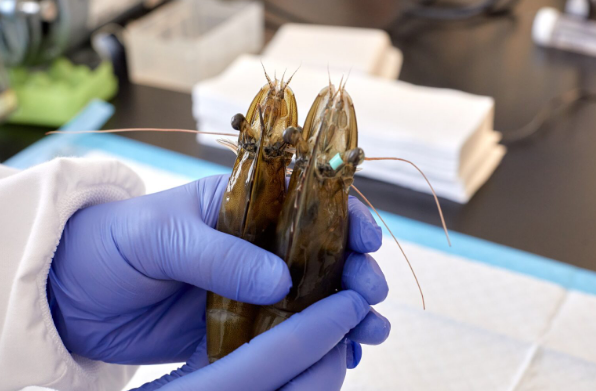
1. Check the Color and Aroma of the Shrimp
When choosing fresh shrimp, pay attention to its colour and aroma. Fresh shrimp usually have bright colours. A dull or pale colour could indicate that the shrimp is not fresh. Additionally, the aroma of fresh shrimp is a fresh and distinctive seafood scent. Avoid shrimp that emit an unpleasant or fishy odour, as this could indicate that the shrimp has been stored for a long time or contaminated by bacteria.
2. Examine the Texture of the Shrimp
One way to check the freshness of shrimp is by touching or pressing it directly. Fresh shrimp will feel firm and slightly resilient to the touch. When pressed, fresh shrimp retain their shape and not easily crushed. However, stale shrimp will feel soft and release water when pressed. This could be a sign that the shrimp is not in its best condition.
3. Observe the Adhesion of the Body
When selecting shrimp, also observe the adhesion of its skin to the body. In fresh shrimp, the skin usually adheres tightly to the flesh and is transparent or clear in colour. Avoid shrimp with loose or peeling skin, as this could indicate that the shrimp is not fresh or may have been damaged. Additionally, make sure that the shrimp’s head is still attached to its body, as this is also an indicator of its freshness.
Cre: DELOS Aqua








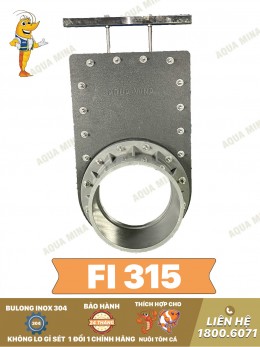
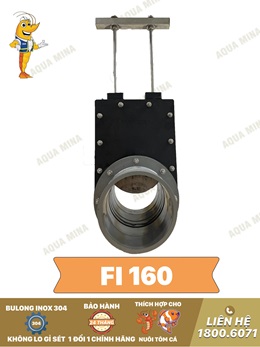





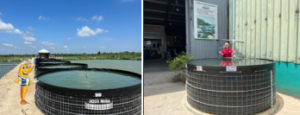


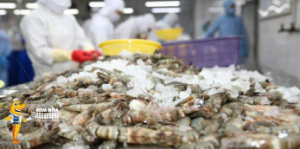
.jpg)